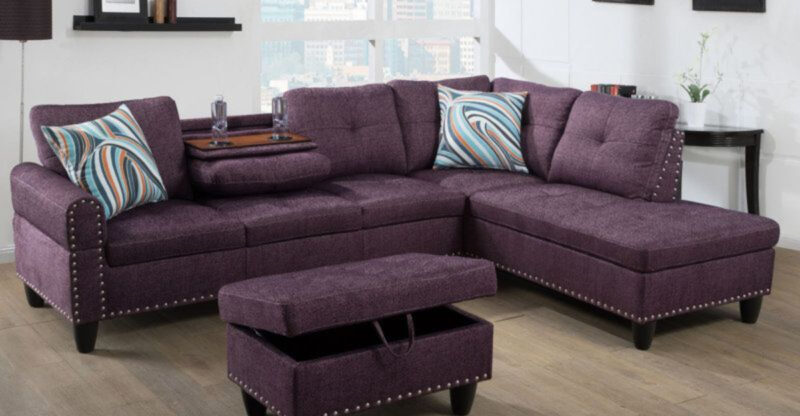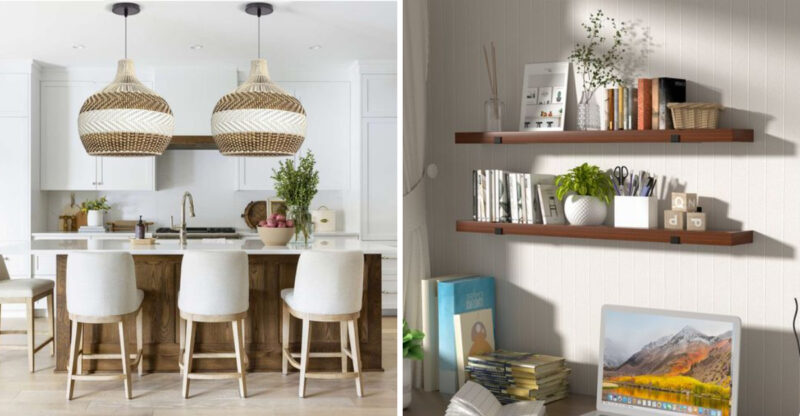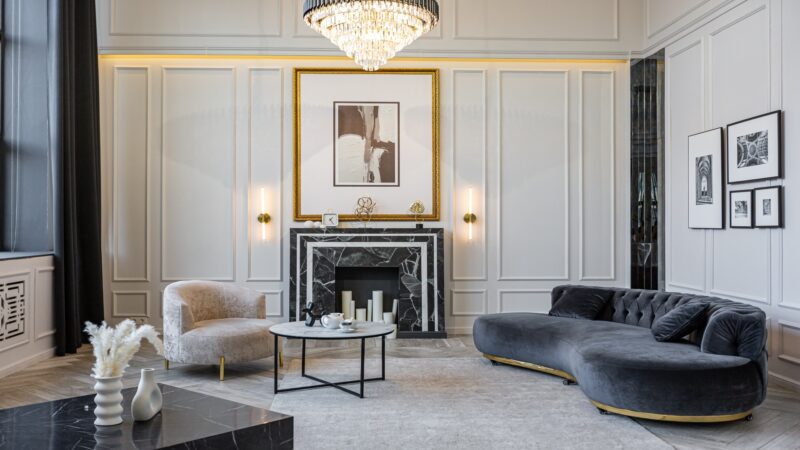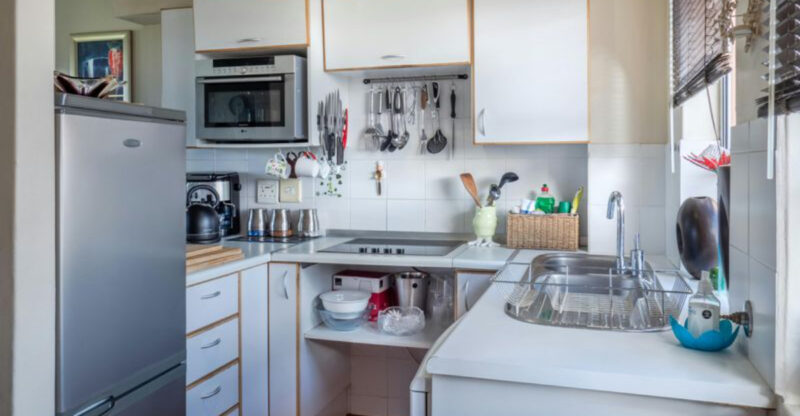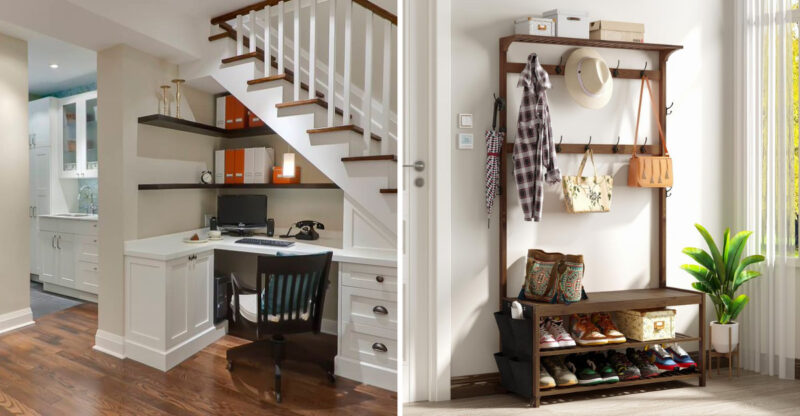Items That Are Often Found In Well-Designed Rooms
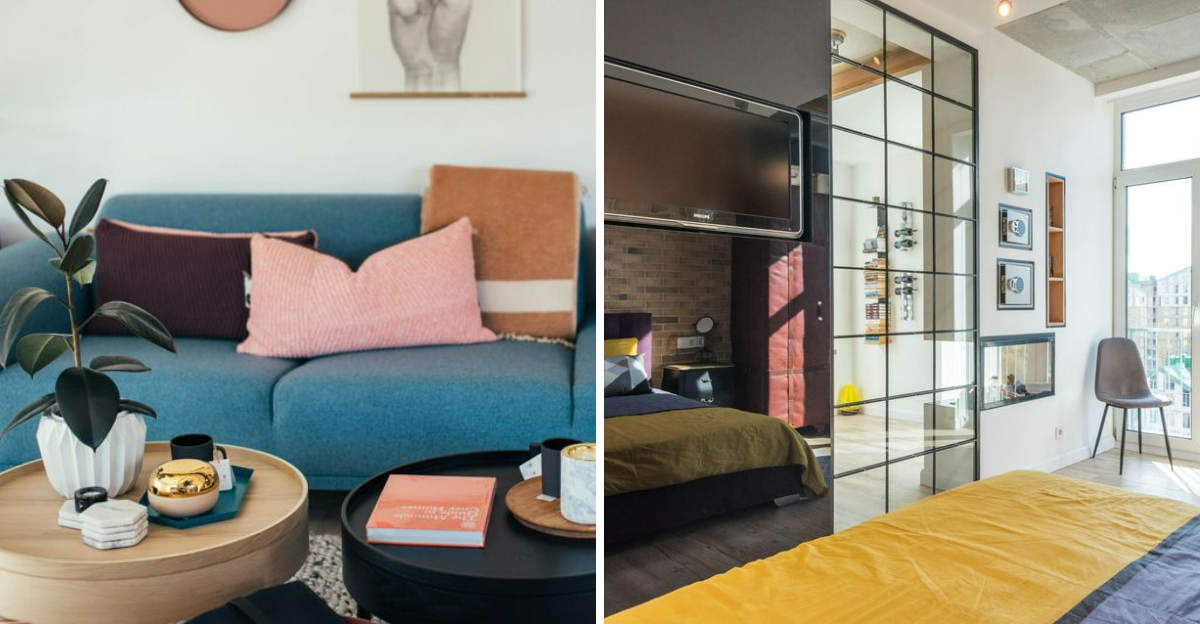
Walking into a well-designed room feels like magic – but it’s actually the result of careful planning and thoughtful selection.
Great rooms don’t happen by accident, they’re created when certain key elements come together in harmony. Whether you’re redecorating or just curious about interior design, understanding these essential items can help you transform any space from ordinary to extraordinary.
Keep in mind, design preferences are highly personal, and the impact of these elements may vary depending on your style, space, and individual taste.
1. Statement Lighting Fixtures
Good lighting completely transforms a room’s atmosphere. Interior designers often select unique pendant lights, sculptural floor lamps, or elegant chandeliers as focal points that draw the eye upward.
The right fixture adds personality while providing functional illumination for different activities. Layered lighting with a mix of ambient, task, and accent sources creates depth and flexibility.
Dimmers allow you to adjust brightness levels to match the mood or time of day, making lighting both practical and an artistic element in your space.
2. Natural Texture Elements
Raw materials bring life and warmth to any space. Think wooden coffee tables with visible grain, chunky wool throws, or woven baskets that add tactile interest and ground a room in nature.
Mixing different textures creates visual depth – smooth leather against rough jute, sleek metal alongside plush velvet. These contrasts make a room feel thoughtfully layered rather than flat or one-dimensional.
Even in minimalist spaces, incorporating at least three different natural textures prevents the design from feeling cold or sterile.
3. Properly Sized Area Rugs
Many people make the mistake of choosing rugs that are too small. A generously sized area rug anchors furniture groupings and defines spaces within larger rooms.
Design experts recommend selecting rugs large enough that at least the front legs of all furniture pieces in a grouping can rest on it. This creates a cohesive zone that feels intentional rather than floating.
Beyond size, rugs add crucial softness underfoot, absorb sound, and introduce pattern or color that ties together other elements in the room.
4. Plants and Natural Elements
Greenery breathes life into interior spaces. From tall fiddle leaf figs anchoring empty corners to small succulents adorning shelves, plants add organic shapes and vitality that manufactured items simply cannot replicate.
Beyond their aesthetic appeal, plants improve air quality and create a connection to the outdoors. Even those without green thumbs can find low-maintenance options like snake plants or pothos that thrive with minimal care.
Arranging plants at varying heights creates visual rhythm, while beautiful planters become design elements themselves, adding color and texture to the room.
5. Statement Furniture Piece
Every well-designed room benefits from at least one conversation-starting furniture item. Whether it’s a boldly colored sofa, an unusually shaped chair, or a vintage credenza, this anchor piece sets the tone for the entire space.
Unlike purely decorative objects, statement furniture combines visual interest with practical function. It serves as both a design element and a useful part of daily life in the room.
Surrounding this standout piece with more neutral companions creates balance, allowing the statement piece to shine without overwhelming the space.
6. Properly Proportioned Mirrors
Strategic mirror placement transforms rooms by reflecting light, creating the illusion of more space, and adding sparkle. Large mirrors positioned opposite windows maximize natural light by bouncing it throughout the room.
Sizing matters tremendously – undersized mirrors look awkward and ineffective. Designers often choose mirrors that make a statement through scale, selecting pieces nearly as large as the furniture they hang above.
Beyond function, mirrors with interesting frames become decorative elements themselves, adding architectural interest to walls while serving the practical purpose of reflection.

